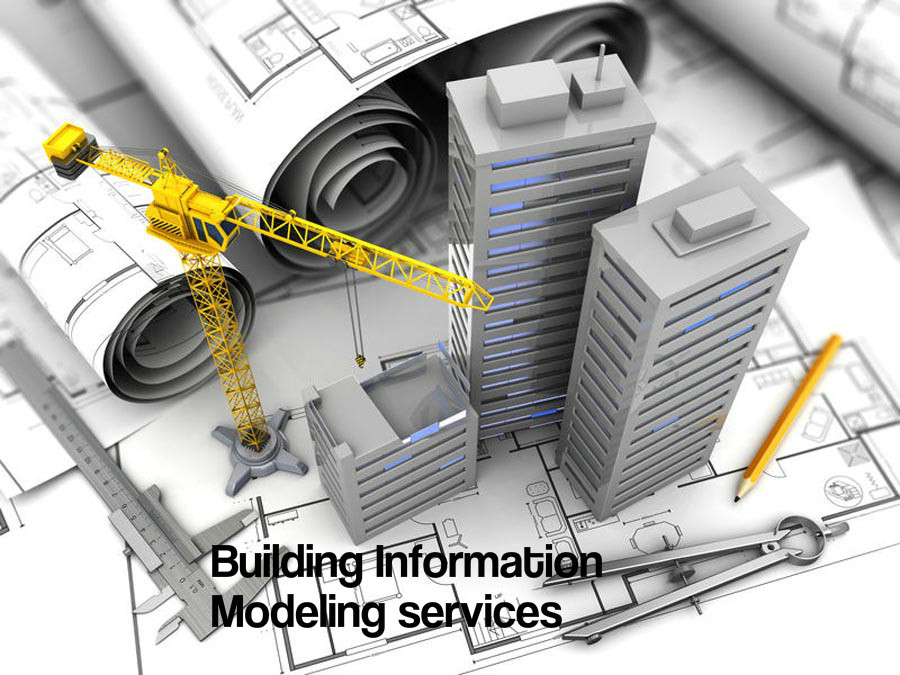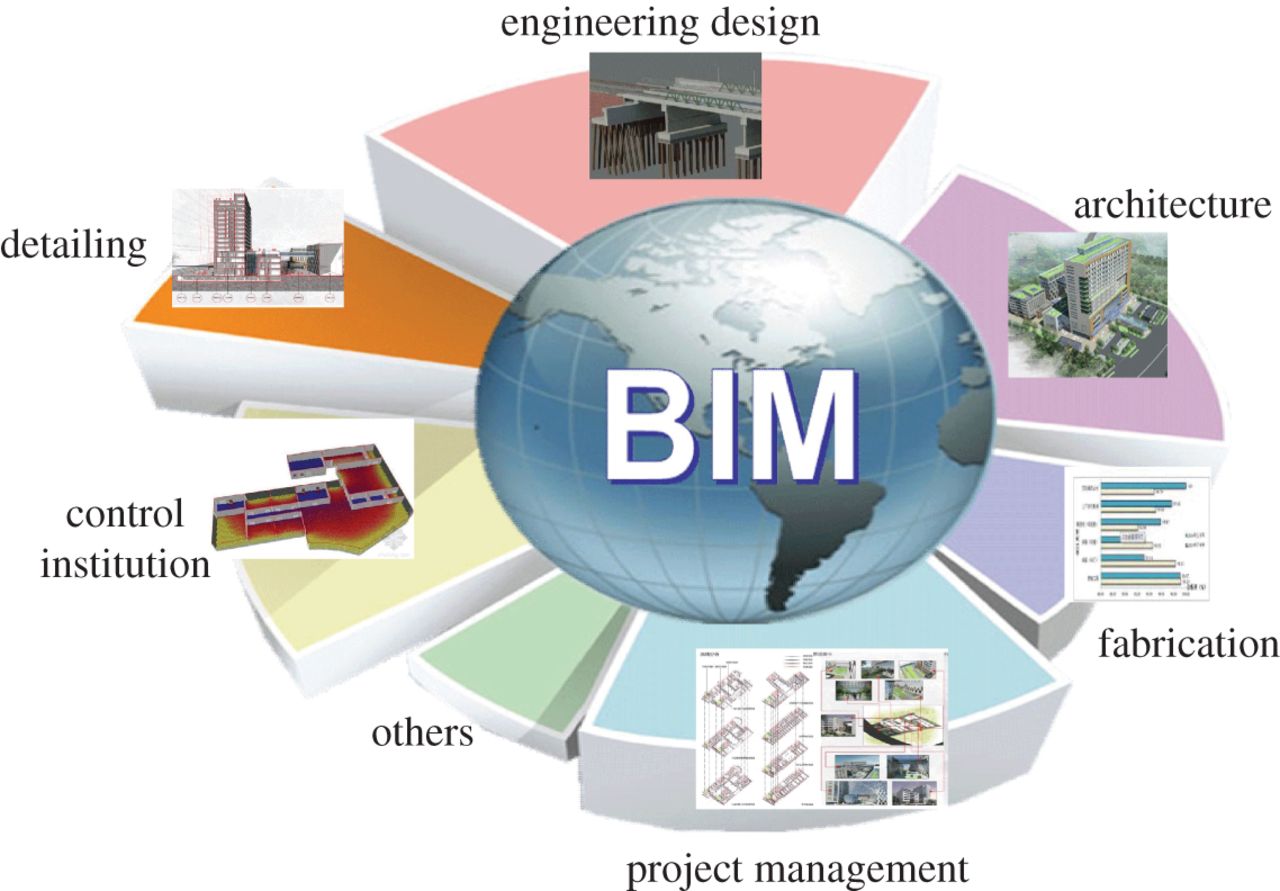
It is a known fact that BIM is now an industry standard in building and project design. However, it is also a known fact that usage of BIM goes well beyond design, collaboration and 3-D Modeling which are focused on improving efficiency or bottom line of a project. Undoubtedly, these bottom-line benefits are the ones that help a firm save money and magnify its net profit. However, It’s only very rarely that one might notice the top-line benefits of the technology. This is the reason why people might not fully realize the potential of adopting BIM. When one invests in BIM, one is investing in efficiency improvement, cost reduction, and increasing scale.
Here are some reasons for the rapid adoption of BIM as pointed out by a BIM consulting firm in CA.
Source of Competitive Advantage
There are still many businesses that don’t invest their time, money and resources in BIM. The reason is that many in the industry are yet to fully trust the process. However, when one looks at it from a competitive point of view, BIM actually takes an edge over the traditional processes.
Firms that are BIM enabled can easily convince project owners to adopt BIM in their projects. This then eliminates all the non-BIM firms from this competition automatically. Some competitors may add a further edge to their pitch by utilizing BIM use cases such as 5D BIM or BIM for energy modeling. Through BIM, one can visualize the most realistic models at each and every stage of a project’s life-cycle. It can also be used to demonstrate presentations to stakeholders especially business ones who generally do not have a background in architecture and design.
Better Results through Increased Collaboration
BIM is not simply a technology, it is an ecosystem that allows professionals from various areas like engineering, architecture, construction, engineering, the management or contracting to collaborate on the same building model. The breadth and depth of expertise of your BIM department play an important role in determining a firm’s capacity for growth. According to BIM Modeling Companies the more you invest in your BIM department the more likely are you to draw clients to your firm. One must realize though that, increasing the department’s capacity does not only mean taking on more workforce. It is actually not that easy a task to find a large audience who are conversant with BIM.
Reduced Risk through Simulation
BIM is not just a 3D Mapping tool that some claim it to be. BIM allows for additional detailed overlays like time, cost, energy that facilitates easy simulation of entire information elements that are involved in finalizing a project. For example, Simulation allows for even assessing whether a particular side of a building will be exposed to more sunlight and hence have a higher energy gradient. This way BIM allows you to build a buildings energy graph and project the cost savings emanating from various models.
Managing Complexity of Operations
A buildings outward appearance might be the most important thing that catches a person’s eye but it’s the internal operational elements like electrical systems, plumbing, fire, hazard prevention and mechanical systems that are very crucial as they have a very high degree of complexity and any fault might lead to endless ramifications. These internal systems help people move in and out, function effectively and ensure their safety. So all of them need to meet certain quality standards. BIM is a powerful panacea to address this. It allows for effective planning and coordination of these systems from the design stage itself so that no future conflicts emerge.
On-Demand Solution
Old Legacy solutions like CAD systems are very resource heavy in terms of hardware requirements. But with the advent of cloud solutions, BIM packages are nowadays ON demand and can be accessed anytime, anywhere and from any device. If a stakeholder is traveling he or she can easily use a mobile device to access designs. If a contractor wants to review something from onsite that is possible as well. So all in all the On Demand aspect of this solution has made it an industry standard.
Conclusion
Innovation is an ever-growing process and anyone can edge over another, so it is always advisable to be informed and constantly keep innovating. We have clearly elucidated some of the major reasons behind the rapid adoption of BIM. To learn more about BIM and how to implement it and use it in your future projects you can head to www.technostruct.com



